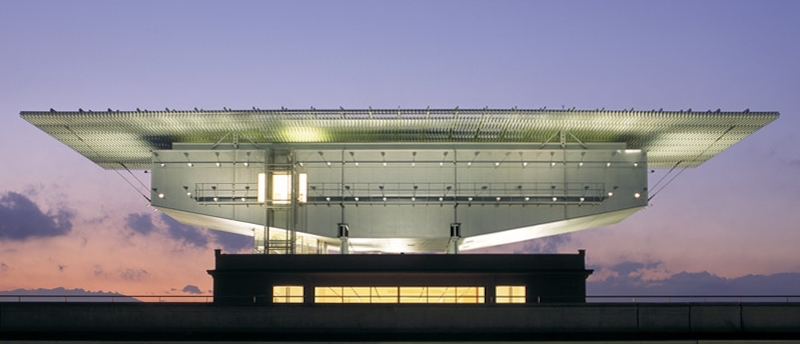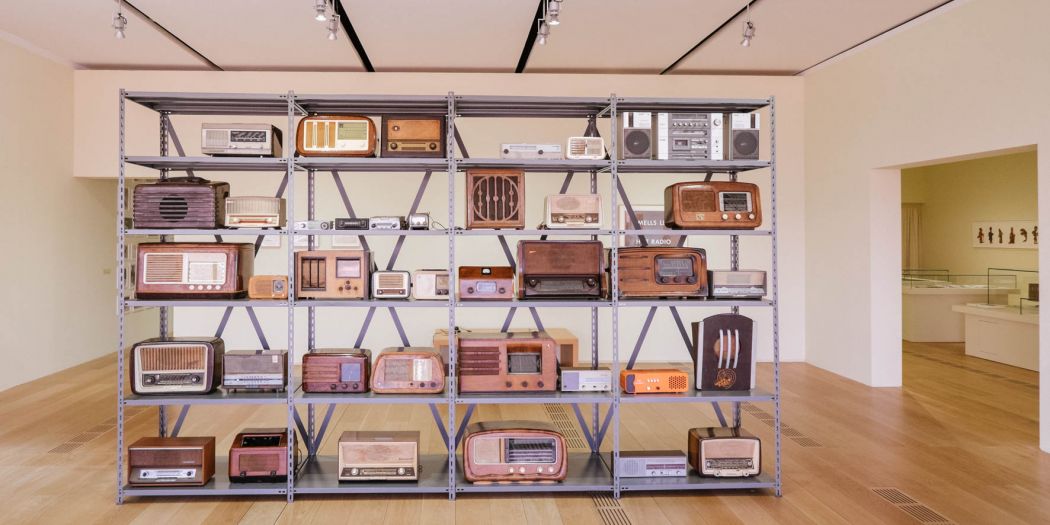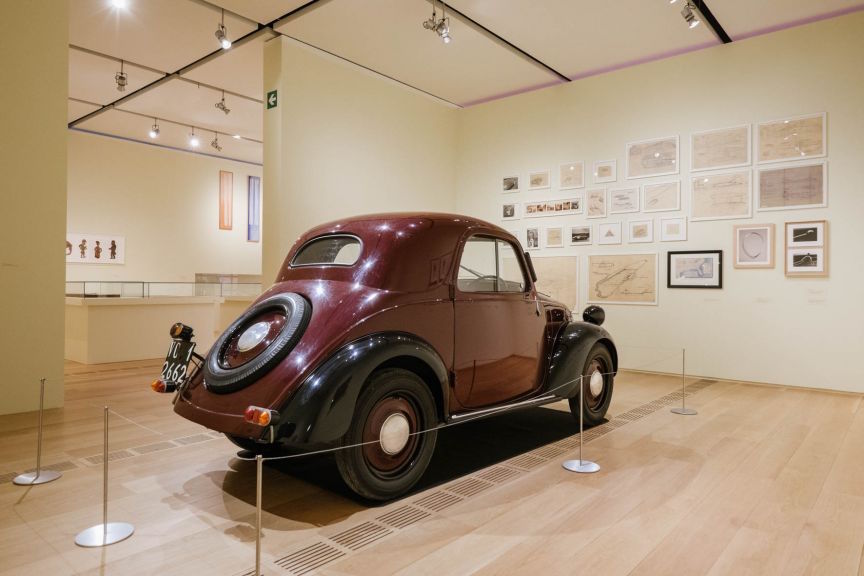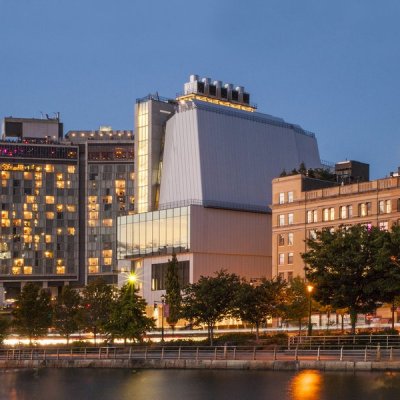You really don’t appreciate art until it’s surrounded by a rooftop racetrack. The picture gallery of Giovanni and Marella Agnelli is perched on the roof above the test track of the former Fiat automobile factory in Turin, known as the Lingotto, whose production line originally ascended each of the factory’s five storeys. The additions and renovations made to the building by Renzo Piano in 1985, especially when viewed on a day of limpid blue splendour, reinforced my suspicion that the gallery doubles as a Bond villain’s lair. All of which made the task of appraising the art on display rather distracted.
The Pinacoteca Giovanni e Marella Agnelli. Courtesy the gallery

The exhibition ‘ED RUSCHA MIXMASTER’, part of the gallery’s ongoing research project into collecting, was divided into different ‘chapters’, reflecting the artist’s diverse areas of interest: radio, cinema, movies, cars, animals, anatomy, criminals, gasoline stations, mountains. The show positioned a number of studies and photographs mainly from Ruscha’s personal collection alongside artefacts and objects of interest gathered by the artist from local collections in Turin. The subsequent visual dialogue was a prolonged meditation on the degraded detritus of western consumption and the paradox of its sacralised display. The viewer thus encountered a collection of vintage radios and a series of wax death masks of criminals alongside headshots and taxidermied animals. This is the stuff we choose not to visit, or pretend not to, the stuff for the fetishists of display.
Installation view, ‘ED RUSCHA MIXMASTER’ at the Pinacoteca Giovanni e Marella Agnelli. Image courtesy Nicholas Forrest; © Andrea Guermani

One juxtaposition, that of a 1936 Fiat Topolino alongside a stuffed ‘topolino’ (or ‘little mouse’; also the Italian for Mickey Mouse), reflected the peculiar humour of the catalogist’s mind at the centre of old Italian capitalism. That this mind belongs to Ed Ruscha is revealed in a letter included in the catalogue from the curator Paolo Colombo to the artist: ‘One of the first things you told me when I met you was to go and visit the Museum of Jurassic Technology, in Culver City [California], not far from where your studio is today…I did take your advice, and I found a world not so far from Torino’s wonderful small museums: a love for the unusual, a sharp focus on anthropological issues, and a predilection for material culture.’
Installation view, ‘ED RUSCHA MIXMASTER’ at the Pinacoteca Giovanni e Marella Agnelli. Image courtesy Nicholas Forrest; © Andrea Guermani

It was in Turin that the painter Giorgio de Chirico was inspired to create his ‘metaphysical’ town squares, and hermetic perspectives of empty streets and piazzas. He once urged that ‘One must…live in the world as if in a vast museum of strangeness’. Ruscha’s black and white photographs of empty parking lots on Wilshire Boulevard (1967) seem to share this preoccupation. His Standard Station Study (1986), depicting a deserted gasoline station reduced to its simplest graphic formula, is one of the defining leitmotifs of his oeuvre and mimics closely the remnants of old Fiat insignia around the Lingotto.
Installation view, ‘ED RUSCHA MIXMASTER’ at the Pinacoteca Giovanni e Marella Agnelli. Image courtesy Nicholas Forrest; © Andrea Guermani

Throughout his career, Ruscha’s ‘word’ paintings have reminded viewers of his intuitive capacity to excavate Pop imagery and to redeposit it within the gallery space – warts and all. Three works on show proclaimed ‘The End’, their manufacture tracing a development from celluloid spools to megapixels. However, in Ruscha’s hands these media lose their sense of historical order. Everything appears as, in the artist’s words, an ‘illustration of an out-of-sync mode’. For Ruscha, it seems the display of art is always archaeology. The trouble is, where is the end?
‘ED RUSCHA MIXMASTER’ ran at the Pinacoteca Giovanni e Marella Agnelli from 7 November 2015–8 March.



